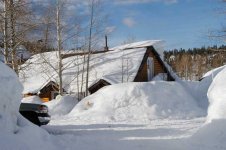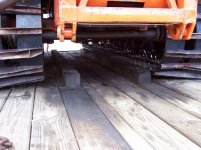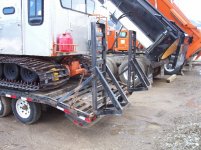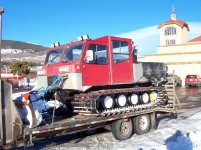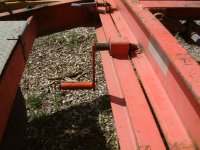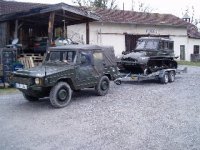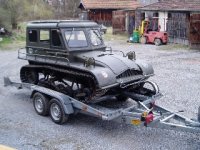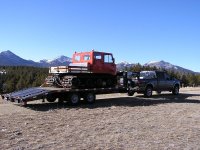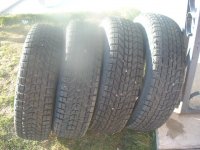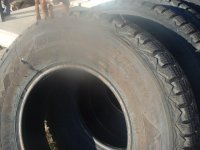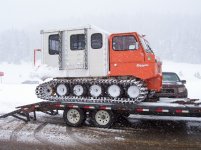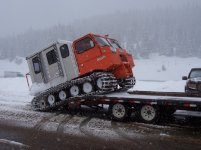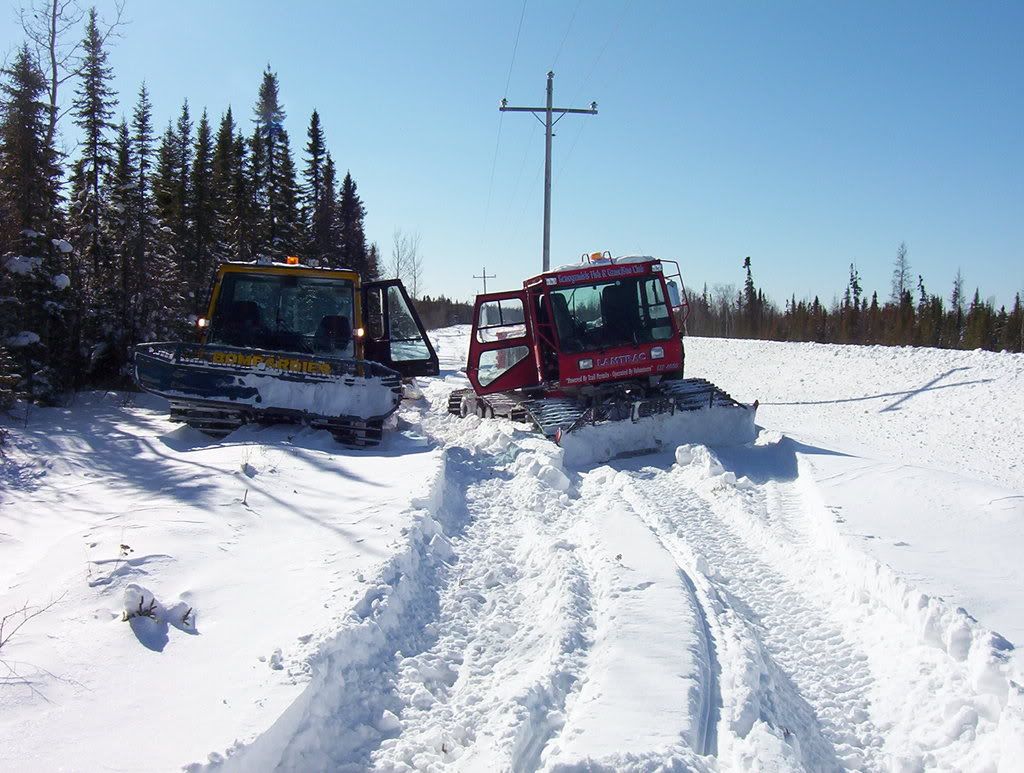I suppose a fellow could have some 1x2's bolted to the first few feet of the deck - appropriately spaced for your grousers - to give a bite.[/qoute] My deck is a flat bed so it is not necessary, however some of the beavertail style decks might benefit from that. If the trailer is used for multi-purpose use, I'd recommend using deck screws to hold the wood down, it makes it very easy to remove the wood slats when you don't need them.
paulhenry said:
Are the cross bars of the ramps raised a little to grip the grousers?
My ramps are 6' long and made of welded angle iron. The cross bars do not stick up above the ramp sides. However that does not seem to be a problem, I've never had a problem climbing the ramps with the Snow Trac, a tractor or a car.
mtncrawler said:
This type of ramp works well for me.
Your ramps are constructed the same as mine, by mine removed completely instead of tipping up. My trailer is short and I use it for hauling lumber too so I had my ramps removeable so I can carry long loads by just letting them hang over the end of the deck if necessary. The tip up ramps, like yours, are very convenient, but just didn't work for me. There are many times when I would prefer the tip-up ramps you have.
mtncrawler said:
4X4s between the tracks add piece of mind.
That is a great idea for anyone who has a trailer that does not have side rails. Basically any trailer where the bed is raised over the wheels.
mtncrawler said:
Remember that if the total weight of the towed load is 3000 pounds or more you are required to have an independently powered breakaway brake system. That goes for cars on towbars, too.
I'm not sure if you are technically correct on this, but it sure does make sense. The 3000# limit may be for inter-state driving? I beleive that the weight requirement varies by state for towing WITHIN that state. If I recall, Texas allows something like 4500#(?) to be towed without an electric or surge brake on the trailer. I know that I only pull trailers with at least one set of electric brakes attached to them. Regardless of wether we are towing a lightweight Snow Trac or Kristi, or a heavy cat like a Thiokol 601 or a SkiDozer, we owe it to ourselves to be as safe as we can be.

